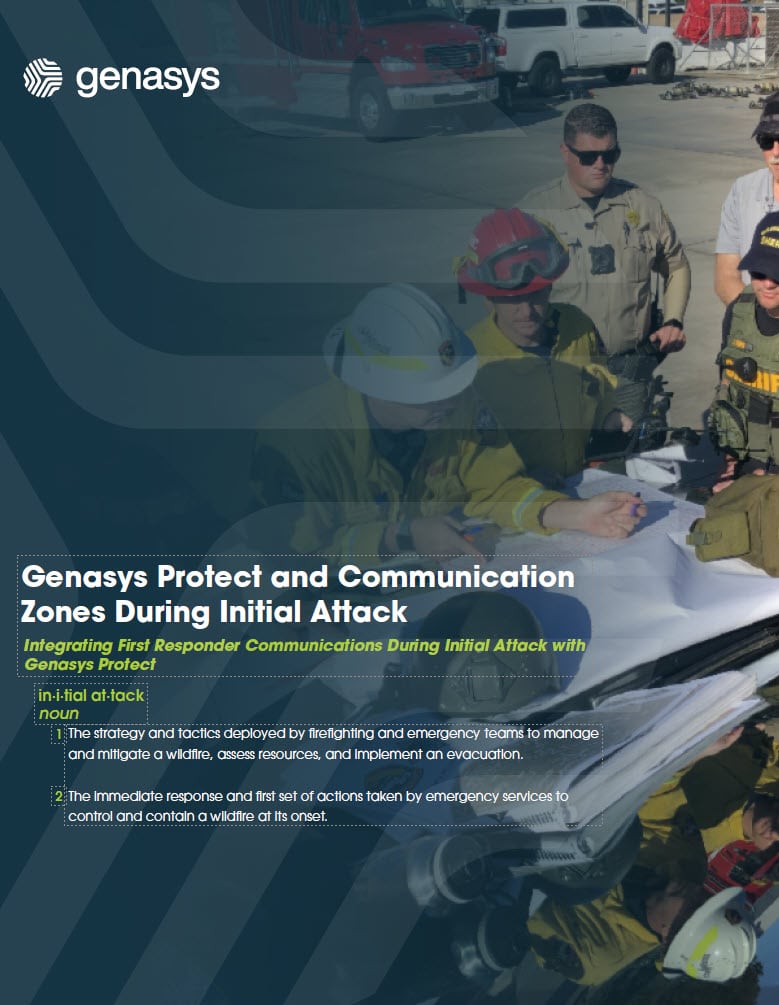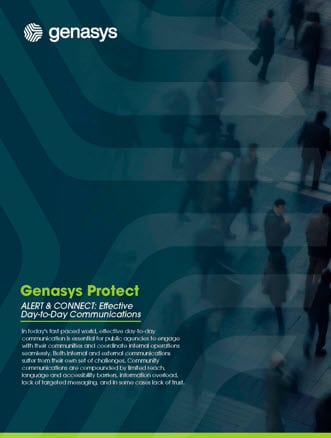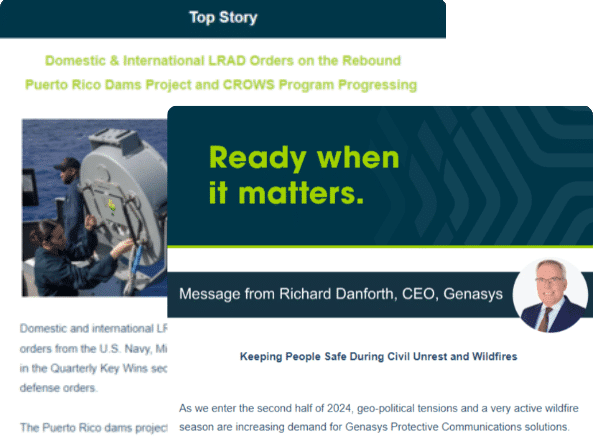Extreme weather, civil unrest, mass-casualty events… Getting ahead of these increasingly frequent crises requires establishing an efficient response protocol. It’s specifically essential for agencies to implement and maintain the use of interoperable platforms. These specific communication channels significantly impact the effectiveness of response efforts, upwards to 60%.
Challenges When Interoperability is Lacking
- Communication Silos: Without interoperability, different agencies may be unable to communicate effectively, leading to information silos. In crisis response mode, there is no room for anything less than guaranteed responsiveness. Emails unopened, radio bunking, alert systems reserved for public awareness—you need a crisis communications tool to reach your people instantly and effectively.
- Data Inconsistencies: Incompatible platforms may lead to data inconsistencies, slowing down the response process. Data inconsistencies in emergency response look like one officer communicating with different teams on different applications. Consumer or agency-funded, crisis event intelligence can easily reach millions of people if shared through the wrong channel. Not to mention, without the proper funnel, you could find yourself searching and compiling all the after-action report data for months.
- Delays in Decision-Making: Agencies using non-interoperable systems often experience delays in crisis response decision-making. Preferably, the channel(s) you may adopt will remove liability from your leadership and complement the existing technological infrastructure within your daily operations.
- Resource Wastage: Without the ability to share information seamlessly, resources may be wasted. Cities often invest in radio, alert, and operational systems to assist in the response efforts of their teams. These are the first to go when traffic through those vertices is flooded with ready-and-willing responders.
The Importance of Interoperability
- Effective Communication: Interoperable platforms enable seamless communication between different agencies involved in crisis response. This ensures that key information is shared instantly, making the response more coordinated and efficient. Platforms for crisis communication, like Genasys Protect CONNECT, truly provide feature sets that offer fast and secure access to collaboration channels for timely responses.
- Information Sharing: Interoperable apps facilitate the sharing of critical data, such as incident reports and maps, among first responders. Data sharing in crisis management should parallel compliance expectations as well as work intuitively to meet the needs of whatever event you are responding to.
- Resource Allocation: Agencies can better allocate resources when using interoperable platforms. Resource optimization in crisis response would ideally allow radio and alert systems to work optimally by housing the bulk of the in-action communication within a secure cloud-based platform. You could utilize tools like CONNECT’s Team Rooms for instant dissemination of live event reporting.
Interoperability isn’t an option; it’s an inevitable goal that every agency will want to achieve. The innovations are out there, and the basis for integrating interoperable communications is at your fingertips. It’s a simple shift and adoption of tools like CONNECT that will set you on the path toward interoperable crisis response.

















